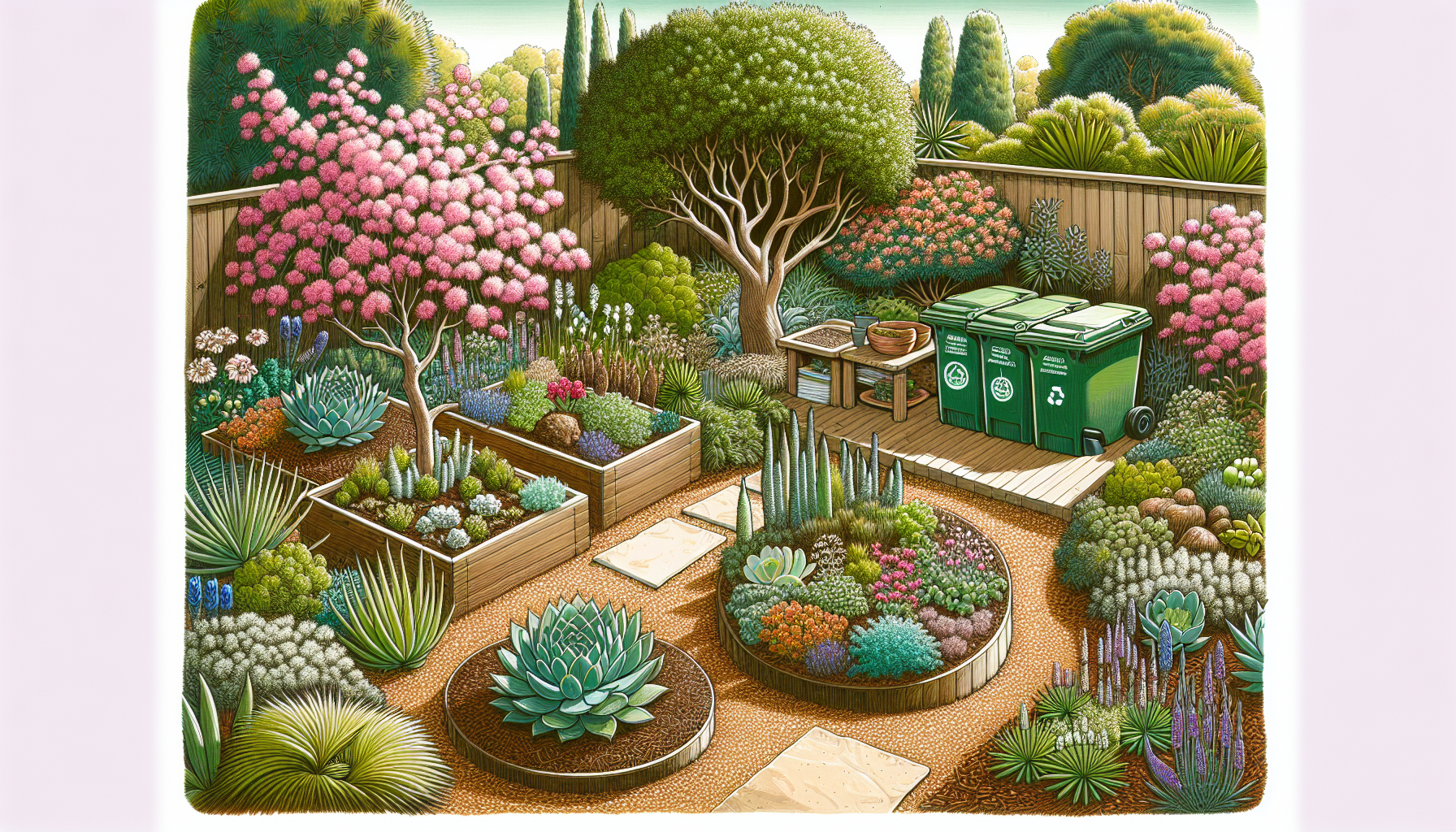
Soil Preparation and Mulching
Starting with healthy soil sets the foundation for a garden that practically takes care of itself. Begin by testing your soil’s pH and nutrient levels to understand its current state. Amend the soil with organic matter like compost or well-rotted manure to enhance fertility and improve drainage. Incorporating these materials not only feeds your plants but also fosters a robust soil ecosystem, reducing the need for frequent interventions.
Once your soil is primed, applying a thick layer of mulch can make a significant difference. Organic mulches such as bark, straw, or cocoa husks retain moisture, suppress weeds, and regulate soil temperature, creating a stable environment for plant roots. This simple step is a cornerstone of low-maintenance gardening, as it minimizes the time you spend watering and weeding.
For pathways and high-traffic areas, consider using inorganic mulches like gravel or rubber chips. These materials require less upkeep and provide a clean, polished look to your garden. Additionally, mulching helps prevent soil erosion during heavy rains and adds a finished appearance to your planting beds, allowing you to enjoy a beautiful garden with minimal effort.
Incorporating these soil preparation and mulching techniques not only enhances plant health but also contributes to a more sustainable and easy-to-manage garden. By investing a little time upfront, you create a resilient landscape that thrives with less ongoing maintenance.
Efficient Watering Systems
Implementing a strategic watering approach transforms your garden into a sustainable oasis. Drip irrigation systems are a standout choice, delivering water precisely where it’s needed—right at the plant roots. This targeted method reduces evaporation and prevents water from splashing onto foliage, which can minimize disease risks. For those with larger areas, soaker hoses offer a flexible solution, allowing you to water extensive beds uniformly without the hassle of frequent adjustments.
Rainwater harvesting is another savvy technique. By setting up rain barrels, you can collect and store natural rainfall, providing a free and eco-friendly water source during dry periods. This not only conserves water but also lessens your dependence on municipal supplies. Pairing rain barrels with a smart watering controller can further enhance efficiency, as these devices automatically adjust watering schedules based on real-time weather data, ensuring your plants receive the optimal amount of hydration without overwatering.
Mulched beds work harmoniously with efficient watering systems. A thick layer of mulch retains moisture, reducing the frequency of watering needed and keeping soil temperatures stable. Additionally, incorporating soaker mats beneath perennial beds ensures that deep-rooted plants stay hydrated with minimal effort. For those who prefer a hands-off approach, automatic timers and moisture sensors can take the guesswork out of watering, allowing you to focus on enjoying your garden rather than maintaining it.
By embracing these easy garden tips, you create a resilient garden ecosystem that thrives with less water and less time invested. Efficient watering not only supports plant health but also contributes to a more sustainable and low-maintenance garden overall.

